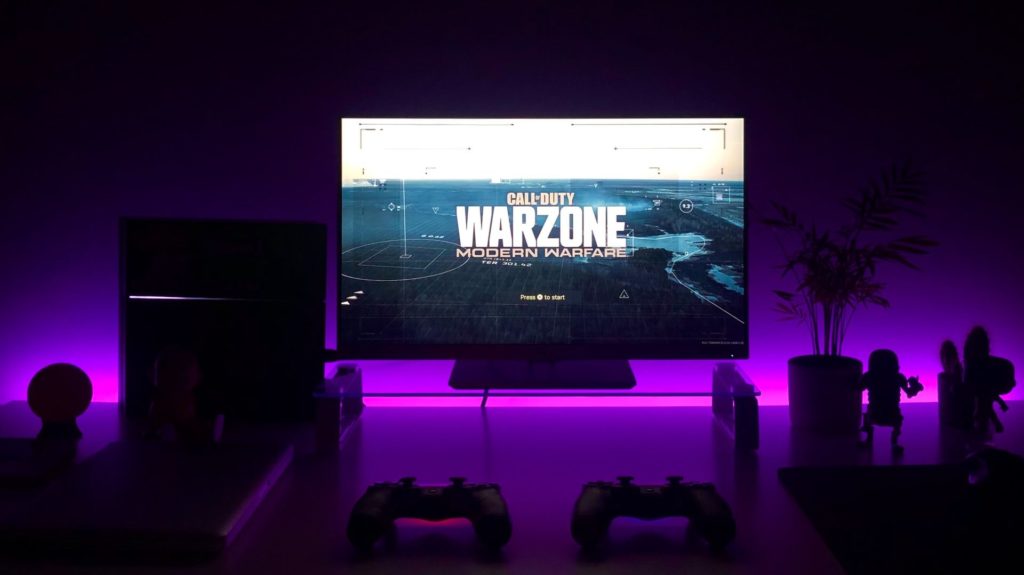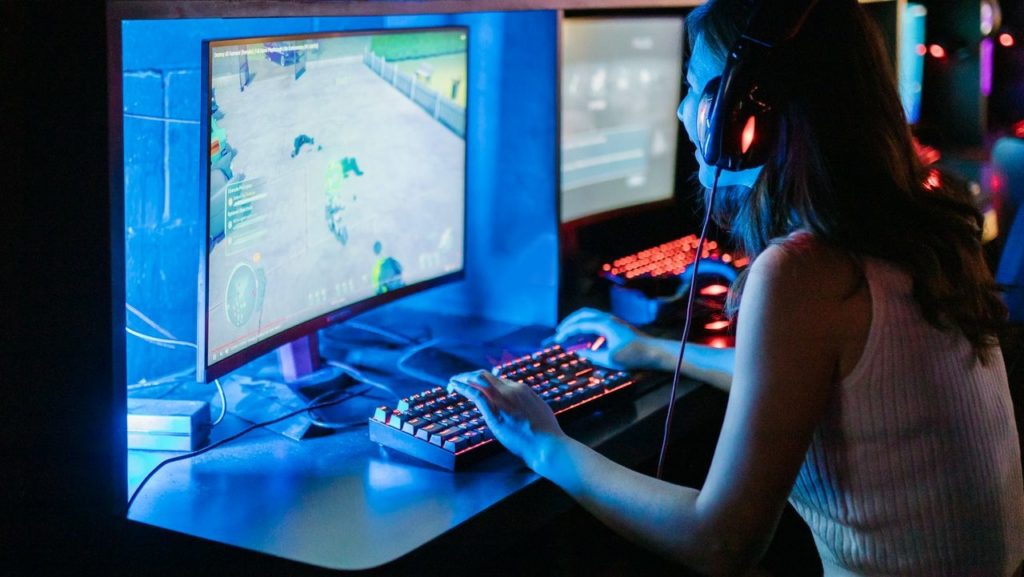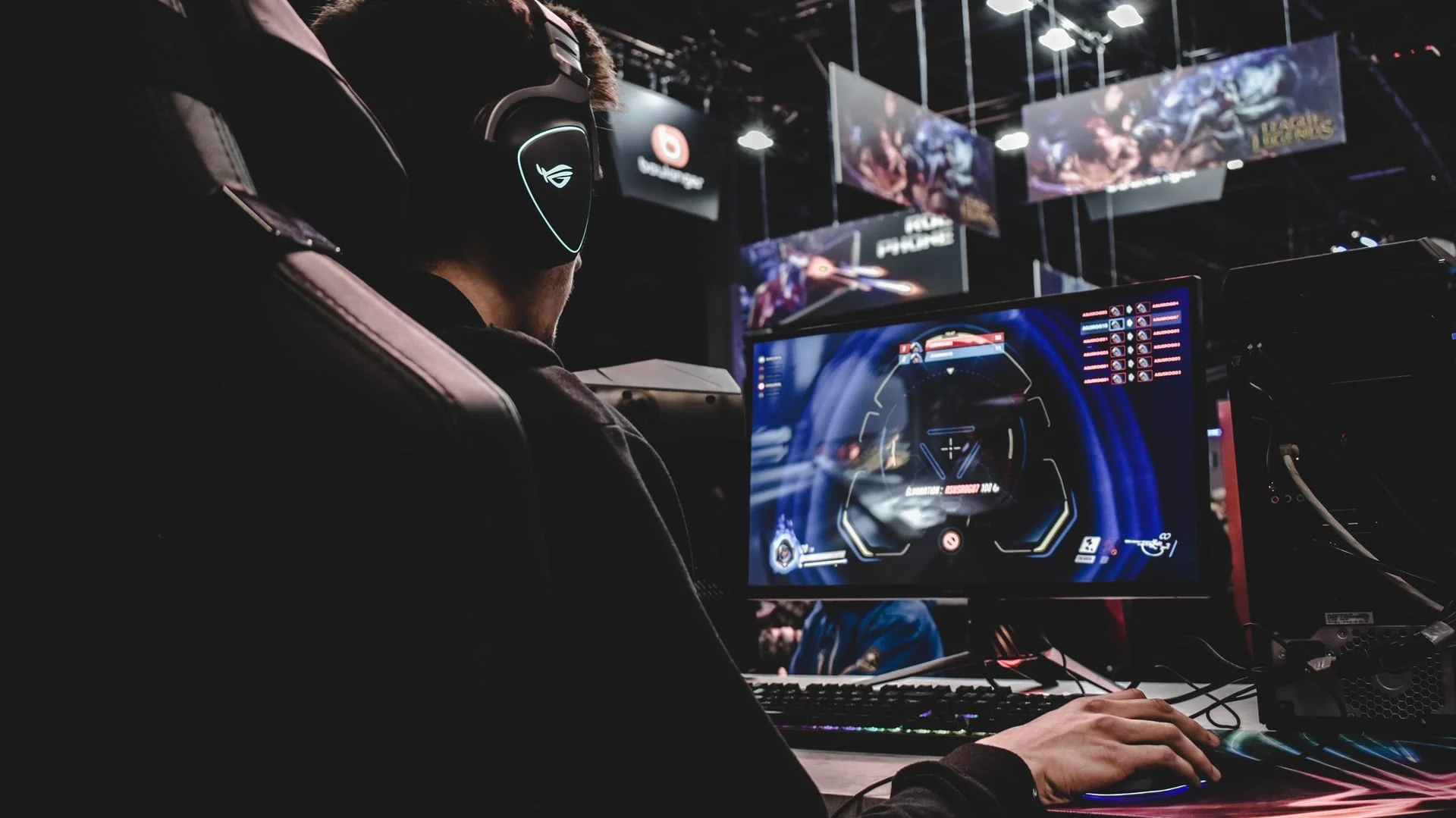There are more differences than you may think.

It’s a battle between two titans: FreeSync vs. G-Sync. If you’re looking for a brand new gaming monitor, you can’t really get around those two terms. In this article, I will discuss the differences between these two techniques. Read on quickly!
Similarities between FreeSync and G-Sync
FreeSync and G-Sync are both synchronization techniques that give monitors a variable refresh rate. This is also referred to as VRR: variable refresh rate.
As a result, the refreshment of your monitor and the moment at which your video card calculates new frames are synchronized. Both technologies stem from adaptive sync, a VESA technology.
In concrete terms, a variable refresh rate prevents stuttering and tearing: horizontal “cracks” in your frames and stuttering images. You need this technique to make your game enjoyable all the time.
Stuttering is caused because the number of frames per second (fps) – in other words: images per second – of the video card is slower than the refresh rate of your screen. This is a vertical disturbance in the image. Tearing is similar to this and occurs when your monitor refreshes the images more often than your video card does, and manifests itself in horizontal “cracks”.
Many high-end games create 120 fps or more. If you have a monitor that supports a refresh rate of less than 120 Hz, the performance will suffer.
About FreeSync
FreeSync is a technology from AMD. This California-based company sells processors and graphics cards that form the beating heart of computers, laptops, tablets, game consoles, and more.
FreeSync saw the light of day in 2015, slightly later than G-Sync. This technique is intended for people who own an AMD video card and exists in several variants:
- The standard version.
- FreeSync Premium offers 120 Hz gaming and Low Framerate Compensation (LFC).
- FreeSync Premium Pro (also known as FreeSync 2) is the most advanced variant and offers HDR support for the hardware.
About G-Sync
G-Sync is a technology from the American NVIDIA company, a manufacturer of computer hardware. The technique is specifically intended for video cards of this brand. NVIDIA company introduced the technology in 2014. G-Sync has been around for a little longer than FreeSync.
G-Sync also has different variants:
- The standard version, which requires a special chip.
- G-Sync Compatible is the budget version and suitable for the novice gamer. No additional hardware is required for its implementation, unlike the standard version.
- G-Sync Ultimate is the most advanced variant. This version supports 144 Hz and higher, ensures a sharper and clearer display and faster processing of HDR images.

Compare FreeSync and G-Sync
The choice between FreeSync and G-Sync is initially obvious: you use the technology that suits the brand of your video card. It is nevertheless interesting to see which technique scores higher on certain points, especially if you want to base your choice for a certain video card on this.
Quality
G-Sync is the clear winner when it comes to quality. Besides the fact that G-Sync simply performs better in combating stuttering and tearing, it also has a number of extra features that FreeSync does not have.
FreeSyc usually only works well with a specific frame range. AMD does not impose any conditions on manufacturers in this area. As a result, the range can be limited and the quality is variable, while the G-Sync monitors are more uniform.
FreeSync especially does not perform optimally at refresh rates below the minimum: stuttering can occur. G-Sync doubles the number of hertz in this case and prevents the stuttering in this way.
Ghosting
On top of that, FreeSync can cause another problem: ghosting. This means that an object leaves a trail of pixels with fast movements, creating a shadow-like image .
G-Sync prevents this with a functionality called variable overdrive . This means that the technique can change the level of overdrive based on the refresh rate for optimal performance at each frame/refresh rate.
HDR
All monitors certified for G-Sync support HDR (High Dynamic Range). This does not always apply to FreeSync monitors: only FreeSync Premium Pro does this. HDR provides more colors and more contrast.
ULMB
G-Sync monitors have a mode for ULMB (ultra low motion blur), a technology for reducing blur. It does this by flashing the backlight at the same rate as the screen’s refresh rate.
Winner: G-Sync

Compatibility
G-Sync can only be used with NVIDIA video cards. FreeSync is basically intended for video cards from AMD, but since 2019 FreeSync also supports a number of video cards from NVIDIA.
It should be noted that this is still in its infancy and is currently quite cumbersome. So it’s a point for FreeSync, but it does come with some snags.
Winner: FreeSync
Price
FreeSync is open source, so there are no royalties to AMD for incorporating the technology into a monitor. In addition, the application does not require any special hardware .
This makes the technology easy to implement. Not surprisingly, FreeSync can be found on a wide range of gaming monitors: from entry-level models to the best monitors. Finding a good 24 inch monitor or a good 27 inch monitor with FreeSync is certainly not difficult.
G-Sync makes higher demands. A company needs explicit permission from G-Sync if they want to produce a G-Sync monitor. Unlike FreeSync, G-Sync (with the exception of G-Sync Compatible) requires a hardware implementation .
All in all, this results in higher costs. As a result, you see G-Sync mainly in the higher segment. Think of the best ultrawide monitor or 4K monitor . The higher quality control of G-Sync results in lower accessibility, but is one of the reasons that G-Sync performs better.
On most G-Sync monitors you will also have a FreeSync option, but this does not apply the other way around.
Winner: FreeSync
Conclusion
Do you have/want a video card from NVIDIA, cost is not an issue and do you need first-class graphics support? Then G-Sync is the right choice. In other cases, FreeSync certainly does its job. Thank you for reading!